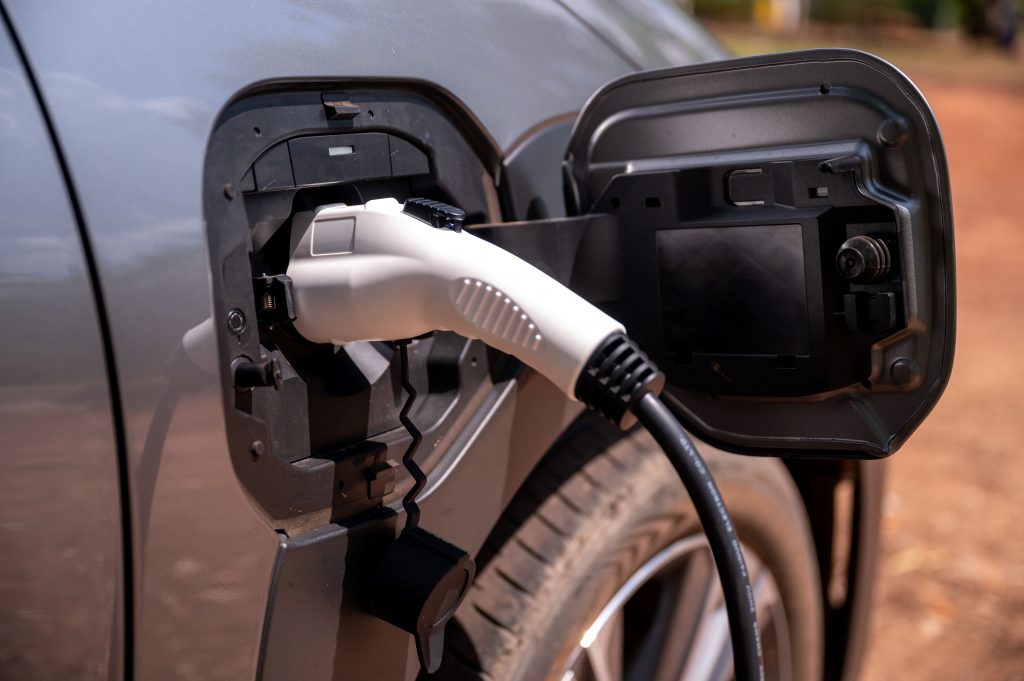PLUMMETING EV VALUES AND WANING confidence in forecast residuals will increasingly force leasing companies to extend contracts and encourage the re-leasing of used EVs in a bid to mitigate losses.
All players in the market, from leasing companies and their customers to manufacturers, are feeling the impact as the crisis deepens.
That’s the prediction from UK data experts ADS, who have contributed to confidential analyses of future exposure to EV residual values in the fleet and motor finance sectors.
The fundamental mismatch between market forces for new and used EVs is at the heart of the crisis, as volume growth in new EVs is driven by tax incentives, primarily salary sacrifice schemes, without a corresponding increase in used vehicle demand.
But even extending contracts and re-leasing EVs could negatively affect new EV registrations in the fleet sector and impact manufacturers’ ability to meet government-imposed targets.
For employees, the value of their vehicle ‘perk’ is also diminished, as they are left driving older vehicles for longer instead of upgrading to a new EV.

Converging factors behind the crisis
Multiple factors have been converging to create the crisis. While growth in new EVs has been driven by tax incentives, other interconnected challenges are forcing EV-exposed businesses to rethink their approach:
- Even as the used EV market grows, consumers are usually seeking cars at lower price points than typical leasing company disposals.
- Most buyers continue to prefer cheaper ICE vehicles.
- Belief persists that future EV values will continue to fall short of current forecasts.
- The pace of EV innovation means relatively recent models are quickly perceived as outdated ‘old technology,’ reducing their appeal.
- Steep discounts on new EVs are driving down used EV values even further.
- There is a significant mismatch between government targets for electric vans and actual demand in the used vehicle market.
Some EVs, originally forecast to retain over 40 percent of their list price after three years, are achieving sale values in the 20 percent range. On a car with a new list price of $80,000, that’s an unexpected loss of over $14,000. This problem has already cost leasing companies hundreds of millions of dollars.
Additionally, the cost-of-living crisis and consumer uncertainty are exacerbating the situation, leaving the industry to explore ways to generate as much revenue as possible from existing assets through lease extensions or offering used EV leasing as a service.

Industry-wide implications
Consumers are also set to feel the impact, as leasing companies face pressure to increase monthly rates to cover current shortfalls and avoid future losses when disposing of ex-lease vehicles.
Manufacturers will be affected by any reduction in demand for new products due to lease extensions. Historically, OEMs used the daily rental sector to offload excess vehicles during periods of weaker demand, but EVs are widely seen as unsuitable for that role.
“This is not about anti-EV sentiment and it’s clear that the leasing sector is fully behind the transition to zero-carbon driving,” says Amanda Morgan, Commercial Director and leasing sector lead at ADS, “but the pace of EV success has created an imbalance between the demands of the new and used car markets.”
“We are seeing recent analysis conducted across the fleet and finance sectors which indicates no end in sight for the EV residual values crisis and companies investigating ways to best postpone exposure to the used market.”
“That means extending existing contracts wherever possible, to maintain revenue, and also re-leasing ex-contract vehicles rather than send them back into the market.”
ADS suggests that extending existing leases may also be the only option for customers who want an EV but see deals on new cars becoming more expensive.
Manufacturers have a role to play too, says ADS, by re-examining list prices which are widely seen as a barrier to adoption in new and used markets.
Amanda Morgan added, “We are already seeing more companies re-leasing ex-contract EVs, which provides the double benefit of not contributing to oversupply while also providing a more affordable EV leasing option for consumers taking their first step into the market.
“The only certainty in the current situation is that obtaining risk-related data from as many sources and perspectives as possible is more important than ever to avoid future shocks.”
